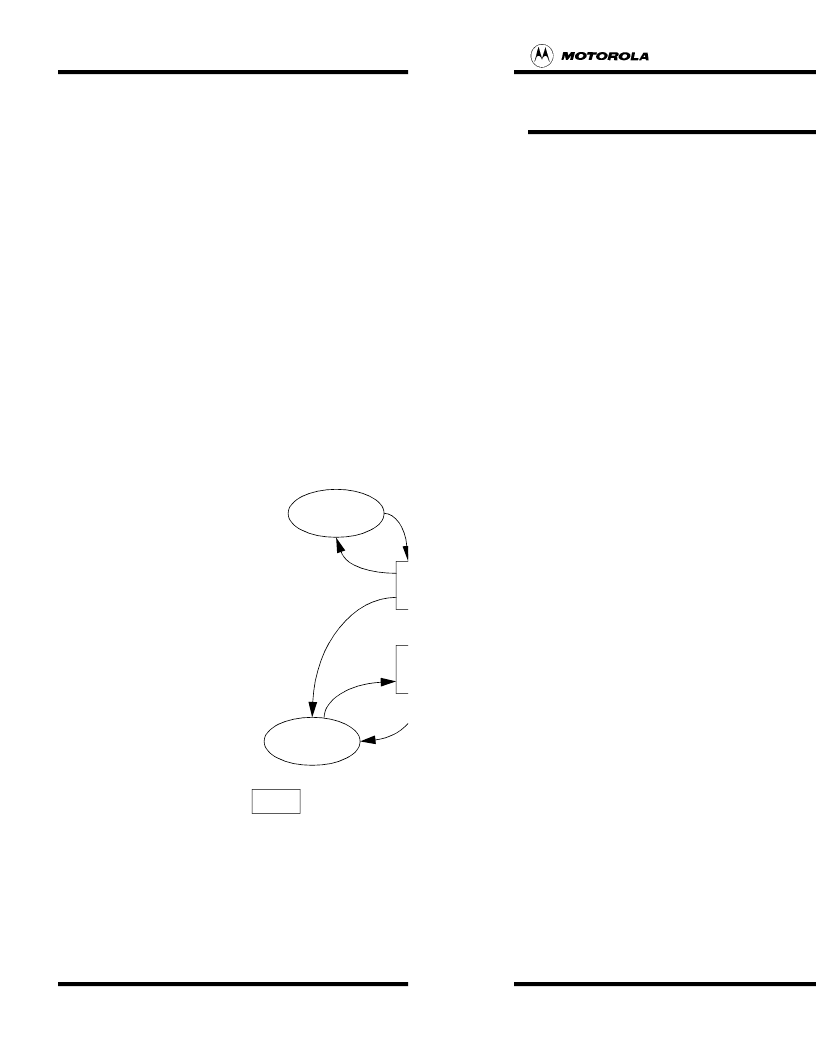- 您現(xiàn)在的位置:買(mǎi)賣(mài)IC網(wǎng) > PDF目錄368103 > PPSMMANUAL PPSMMANUAL PDF資料下載
參數(shù)資料
| 型號(hào): | PPSMMANUAL |
| 英文描述: | PPSMMANUAL |
| 中文描述: | PPSMMANUAL |
| 文件頁(yè)數(shù): | 59/187頁(yè) |
| 文件大?。?/td> | 1616K |
| 代理商: | PPSMMANUAL |
第1頁(yè)第2頁(yè)第3頁(yè)第4頁(yè)第5頁(yè)第6頁(yè)第7頁(yè)第8頁(yè)第9頁(yè)第10頁(yè)第11頁(yè)第12頁(yè)第13頁(yè)第14頁(yè)第15頁(yè)第16頁(yè)第17頁(yè)第18頁(yè)第19頁(yè)第20頁(yè)第21頁(yè)第22頁(yè)第23頁(yè)第24頁(yè)第25頁(yè)第26頁(yè)第27頁(yè)第28頁(yè)第29頁(yè)第30頁(yè)第31頁(yè)第32頁(yè)第33頁(yè)第34頁(yè)第35頁(yè)第36頁(yè)第37頁(yè)第38頁(yè)第39頁(yè)第40頁(yè)第41頁(yè)第42頁(yè)第43頁(yè)第44頁(yè)第45頁(yè)第46頁(yè)第47頁(yè)第48頁(yè)第49頁(yè)第50頁(yè)第51頁(yè)第52頁(yè)第53頁(yè)第54頁(yè)第55頁(yè)第56頁(yè)第57頁(yè)第58頁(yè)當(dāng)前第59頁(yè)第60頁(yè)第61頁(yè)第62頁(yè)第63頁(yè)第64頁(yè)第65頁(yè)第66頁(yè)第67頁(yè)第68頁(yè)第69頁(yè)第70頁(yè)第71頁(yè)第72頁(yè)第73頁(yè)第74頁(yè)第75頁(yè)第76頁(yè)第77頁(yè)第78頁(yè)第79頁(yè)第80頁(yè)第81頁(yè)第82頁(yè)第83頁(yè)第84頁(yè)第85頁(yè)第86頁(yè)第87頁(yè)第88頁(yè)第89頁(yè)第90頁(yè)第91頁(yè)第92頁(yè)第93頁(yè)第94頁(yè)第95頁(yè)第96頁(yè)第97頁(yè)第98頁(yè)第99頁(yè)第100頁(yè)第101頁(yè)第102頁(yè)第103頁(yè)第104頁(yè)第105頁(yè)第106頁(yè)第107頁(yè)第108頁(yè)第109頁(yè)第110頁(yè)第111頁(yè)第112頁(yè)第113頁(yè)第114頁(yè)第115頁(yè)第116頁(yè)第117頁(yè)第118頁(yè)第119頁(yè)第120頁(yè)第121頁(yè)第122頁(yè)第123頁(yè)第124頁(yè)第125頁(yè)第126頁(yè)第127頁(yè)第128頁(yè)第129頁(yè)第130頁(yè)第131頁(yè)第132頁(yè)第133頁(yè)第134頁(yè)第135頁(yè)第136頁(yè)第137頁(yè)第138頁(yè)第139頁(yè)第140頁(yè)第141頁(yè)第142頁(yè)第143頁(yè)第144頁(yè)第145頁(yè)第146頁(yè)第147頁(yè)第148頁(yè)第149頁(yè)第150頁(yè)第151頁(yè)第152頁(yè)第153頁(yè)第154頁(yè)第155頁(yè)第156頁(yè)第157頁(yè)第158頁(yè)第159頁(yè)第160頁(yè)第161頁(yè)第162頁(yè)第163頁(yè)第164頁(yè)第165頁(yè)第166頁(yè)第167頁(yè)第168頁(yè)第169頁(yè)第170頁(yè)第171頁(yè)第172頁(yè)第173頁(yè)第174頁(yè)第175頁(yè)第176頁(yè)第177頁(yè)第178頁(yè)第179頁(yè)第180頁(yè)第181頁(yè)第182頁(yè)第183頁(yè)第184頁(yè)第185頁(yè)第186頁(yè)第187頁(yè)

11-2
MemoryPower Management
Programmer’s Manual
are driven by the system clock, power saving on the CPU core can be achieved
without sacrificing peripheral response time.
11.2
Power Modes
Figure 11-1 shows the state diagram for the power modes. There are six modmanagement tools provided by the compiler are disabled. PPSM provides a set of
defined in PPSM.
System Internal Modes:
Initialization mode
System mode
Wake-up mode
Application Modes:
Normal mode
Doze mode
Sleep mode
11.3
System Internal Modes
Initialization, System and Wake-up modes are only used internally by PPSM.
Doze
Sleep
Wake-up
Power On / Reset
Normal
System
Initialization
Figure 11-1 PPSM Power Modes
Application Modes
System Internal Modes
Personal Portable System Manager
Programmer’s Manual
10-1
In order for PPSM to manage system memory usage, the standard memory
its own memory tools that allow the application programmers to dynamically
allocate memory from the system. The size of this dynamic memory available to
PPSM is specified in the Linker Specification File (Refer to Chapter 34 - Linker
Specification File).
Note:
For allocating memory to panning screen, a special memory
allocation function called GetScreenMem() in Chapter 6 - Using
Graphics Tools is used.
10.1
Allocating Memory
void *
Lmalloc
(U32 size)
void *
Lcalloc
(U32 size)
Memory can be allocated to the application at run time. PPSM returns to the caller
a pointer to a block of available memory of the specified size. The memory
returned to the caller is not initialized if Lmalloc() is called, or is initialized to zero if
Lcalloc() is used. No automatic boundary checking is performed on the memory
when used by the caller. The size of the largest block of memory can be allocated
through Lmalloc() can be found by calling Lmalloc( LARGEST_MALLOC_SIZE ).
If no memory is left in the system, these routines return a NULL.
The actual size of memory allocated by the system is larger than the size
requested by user. A header is embedded in the allocated memory block for
memory management. Nevertheless, it is transparent to user. User can directly
use the required size of memory block start at the returned address if the returned
value is not NULL.
10.2
Freeing Memory
void
Lfree
(void *ptr)
When an application finishes with a block of dynamically allocated memory, the
memory can be recycled by using the Lfree() tool. It puts the memory block back
into the system heap and the memory is ready for allocation again.
The pointer passed into this routine must be a valid pointer returned from
Lmalloc() ,Lcalloc() or Lrealloc().
F
Freescale Semiconductor, Inc.
For More Information On This Product,
Go to: www.freescale.com
n
.
相關(guān)PDF資料 |
PDF描述 |
|---|---|
| PPT005-1G-WW-2V-FE | DRUCKWANDLER |
| PPT020-1A-WF-2V-FE | DRUCKWANDLER |
| PPT100-1A-WN-2V-FE | DRUCKWANDLER |
| PPT100-1G-WN-2V-FE | DRUCKWANDLER |
| PPT500-1G-WN-2V-FE | DRUCKWANDLER |
相關(guān)代理商/技術(shù)參數(shù) |
參數(shù)描述 |
|---|---|
| PPSN815 | 制造商:Pyle 功能描述:10 ft Eight Channel RCA Phono Snake Cable |
| PPST2 | 制造商:Amphenol Audio 功能描述: |
| PP-ST-50MM | 制造商:Black Box Corporation 功能描述:PRE-POLISHED ST CON 50 MIC MM BLACK 12PAK |
| PP-ST-SM | 制造商:Black Box Corporation 功能描述:PRE-POLISHED ST CON SM BLUE 12PAK |
| PPST-SP | 制造商:Duratool 功能描述:Self Tapping Screw Kit-Panhead (Size 6-10) |
發(fā)布緊急采購(gòu),3分鐘左右您將得到回復(fù)。